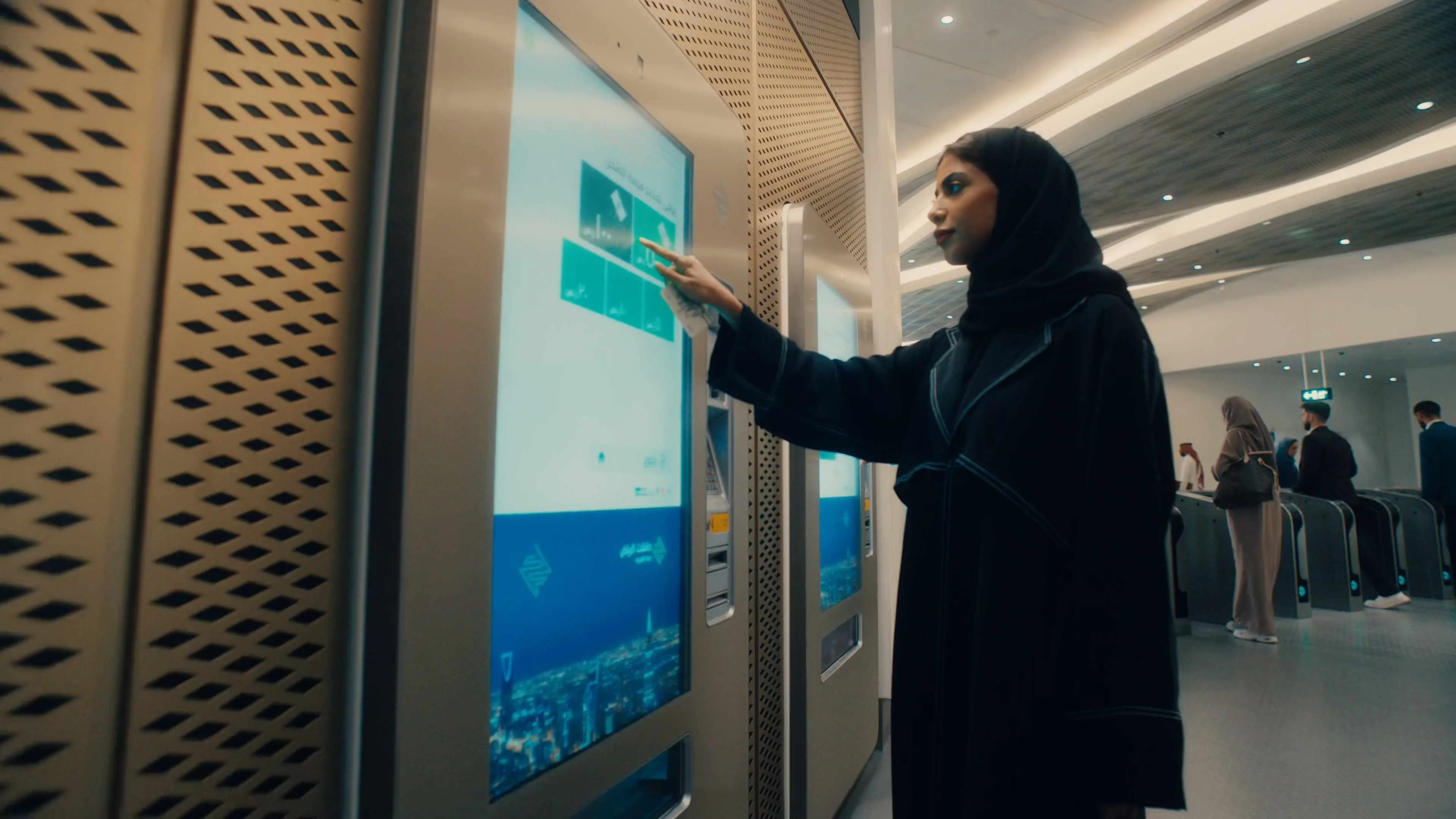
The VS2k and VS20k visibility sensors will make their first public appearance at the event. The VS2k sensor has a measuring range of 2km and the VS20k of 20km. They come with many improvements compared to their predecessors, such as a built-in SDI12 interface to ease the network integration and an ASD (Active Spider Defence) module to repel spiders which tended to besiege and block the optics of older systems. In cases where a lens is dirty however, the VS recognises it and this facilitates error detection and correction enormously. Moreover, the housing is seawater resistant for long-term maintenance-free use.
Lufft’s Marwis mobile road sensor has been upgraded. In addition to the existing detection of surface temperature, humidity, water films, ice percentage and friction, it has now been extended with a temperature humidity probe to measure ambient temperatures and relative humidity.
According to customers, this was a missing piece of the compact sensor puzzle. Lufft says the additional data allows surface conditions to be compared with ambient ones, helps to fill gaps in weather maps, improves weather forecasts and is therefore a perfect match for stationary weather sensors. Moreover, it can assist winter services, warn drivers of slippery surfaces and serve as evidence after traffic accidents.










